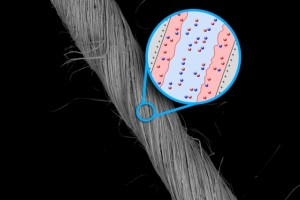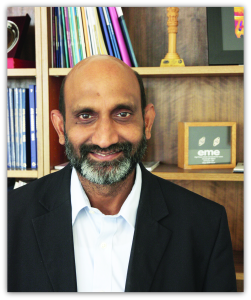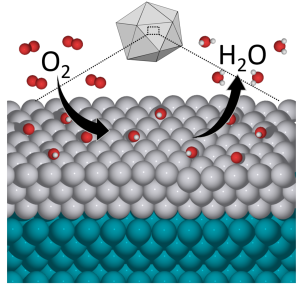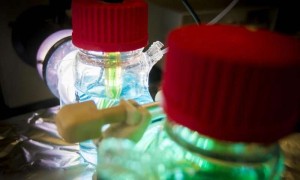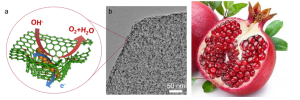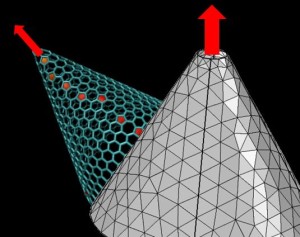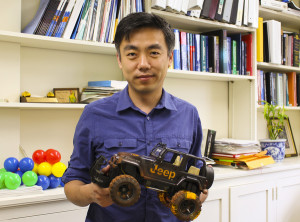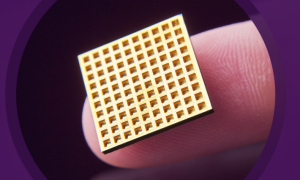With the recent surge in wearable electronics, researchers and looking for a way to get larger amounts of power to these tiny devices. Due to the limited size of these devices, it is difficult to transmit data via the small battery.
Now, MIT researchers have found a way to solve this issue by developing an approach that can deliver short but big bursts of power to small devices. The development has the potential to affect more than wearable electronics through its ability to deliver high power in small volumes to larger-scale applications. The key to this new development is the team’s novel supercapacitor.
This from MIT:
The new approach uses yarns, made from nanowires of the element niobium, as the electrodes in tiny supercapacitors (which are essentially pairs of electrically conducting fibers with an insulator between). In this new work, [Seyed M. Mirvakili] and his colleagues have shown that desirable characteristics for such devices, such as high power density, are not unique to carbon-based nanoparticles, and that niobium nanowire yarn is a promising an alternative.


